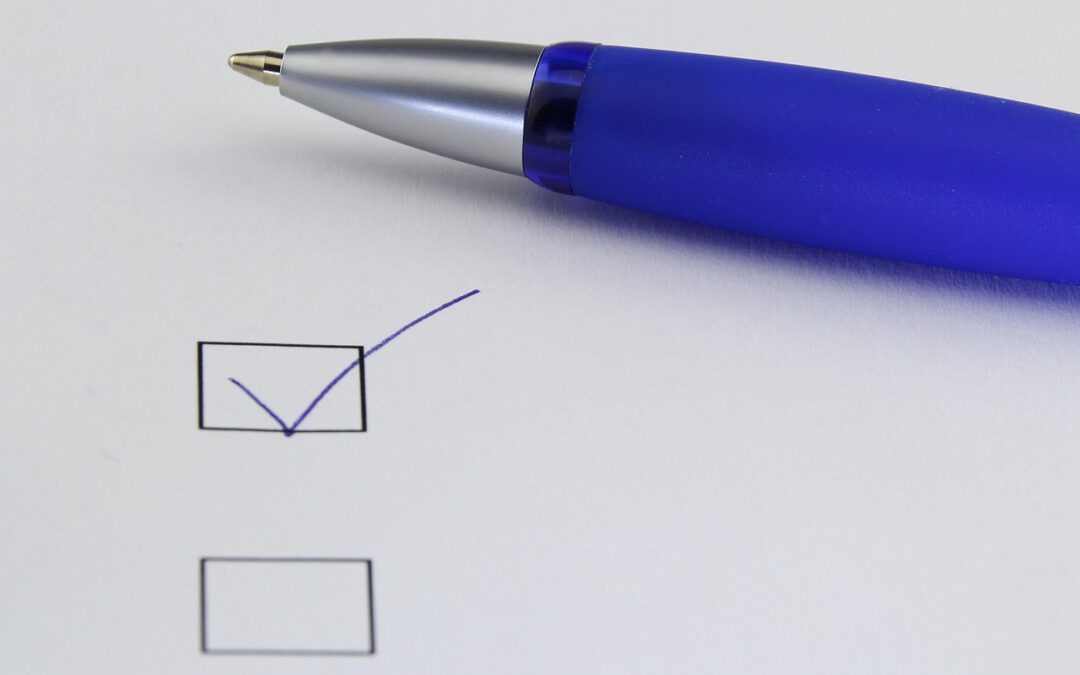Chainsaws and other outdoor power equipment don’t just take care of themselves—though we’re crossing our fingers that this will be a feature one day. You have to do your part to keep your chainsaw in prime condition. This is why chainsaw repair and maintenance is so important.
To make sure you’re doing a thorough job, here are some best practices for repairing and maintaining chainsaws.
1. Inspect and Clean
Performing a routine inspection and cleaning it regularly is a vital part of maintenance. Not only do you need to check for damage and signs of wear, certain components like air filters may need to be replaced or cleaned. Don’t forget to check cooling fins, spark arrestors and moving parts to verify they’re functioning correctly. Not only do you want to ensure the chainsaw is in good condition, but you also need to check for any potential fire or safety hazards.
2. Sharpen the Chain
Dull chains increase the risk of accidents and add undue stress on the chainsaw’s engine. To sharpen the chain, use the right tools (like a file guide or electric chain sharpener) to maintain the proper chain angle and tooth sharpness. The manufacturer’s guide will have recommendations on sharpening techniques specific to your chainsaw model, or you can look for additional insights online (or visiting a local chainsaw repair and maintenance company).
3. Adjust Tension
A chain that is too tight or too loose is a commonly overlooked issue. You can check this by pulling it away from the guide and adjusting if it’s not right. This is an especially good idea when it’s cold, as that helps you avoid over-tightening.
4. Lubricate With Oil
Most outdoor power equipment has several moving parts and thus needs to be lubricated with oil regularly. The chainsaw’s primary feature is its movement and cutting ability, so proper lubrication is essential for prolonging its lifespan. Check and lubricate the chain before every use if you want to maintain optimal performance and reduce wear.
5. Rotate the Guide Bar
Another crucial component of a chainsaw is the guide bar. If you make a point to rotate it regularly, it will promote even wear and extend its lifespan. Also watch out for warping, cracks or other signs of damage and replace if necessary.
These are just a few best practices for maintaining and/or repairing your chainsaw. For chainsaw repair, sales and other services in Dallas-Fort Worth, trust Classic Turf Equipment.


Recent Comments